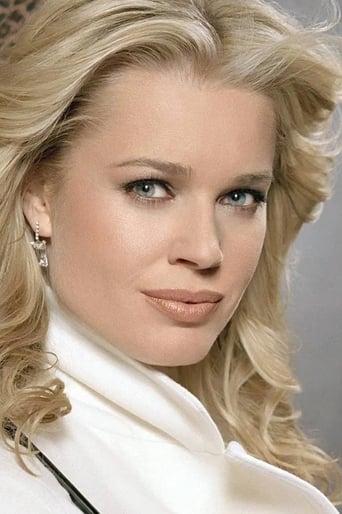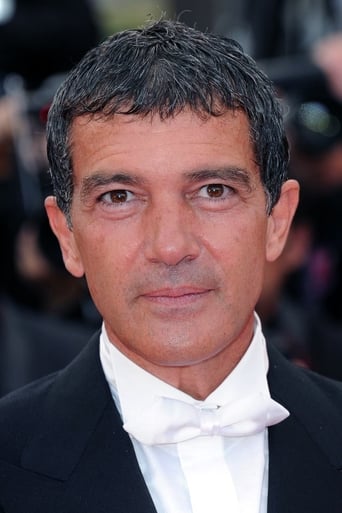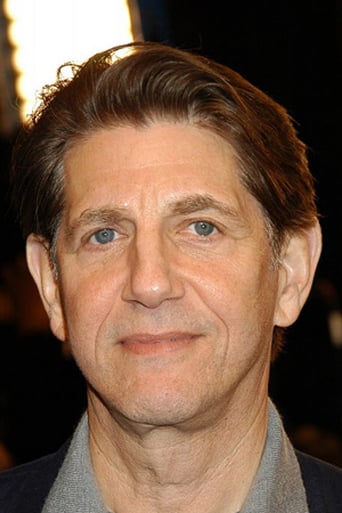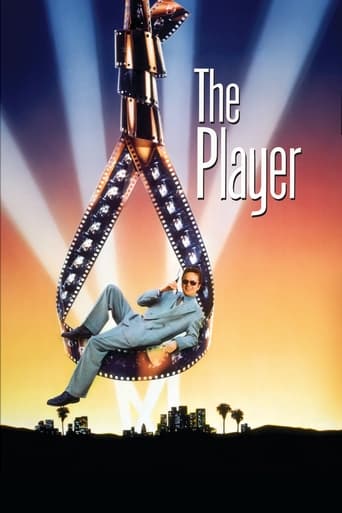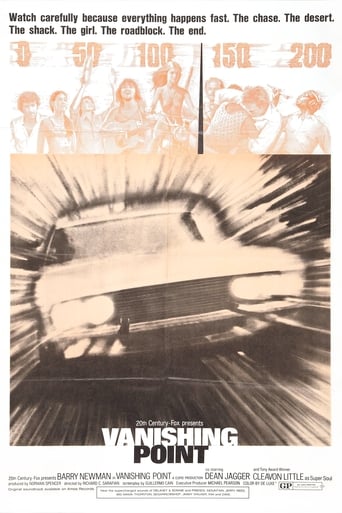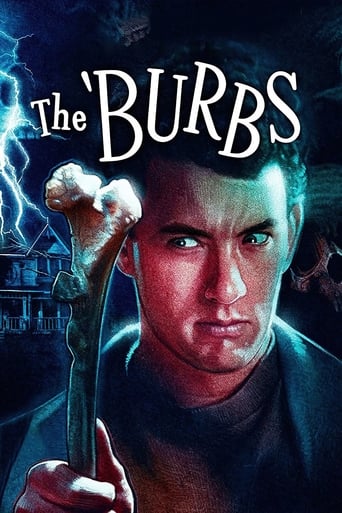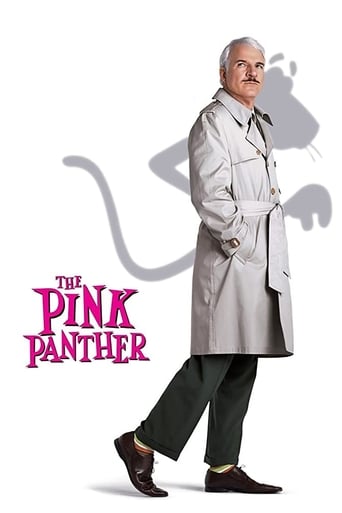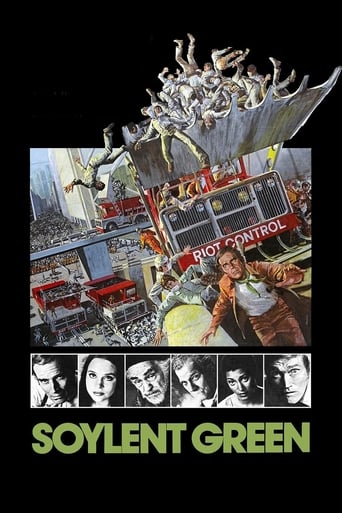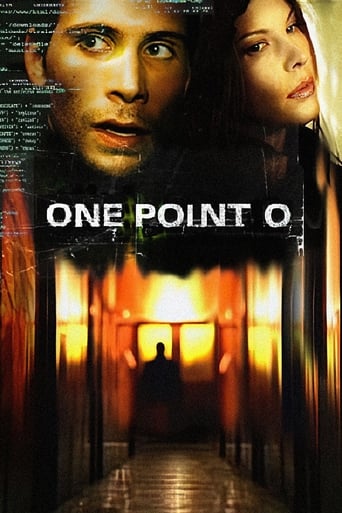Femme Fatale (2002)
A $10-million diamond rip-off, a stolen identity, a new life married to a diplomat. Laure Ash has risked big, won big. But then a tabloid shutterbug snaps her picture in Paris, and suddenly, enemies from Laure's secret past know who and where she is. And they all want their share of the diamond heist. Or her life. Or both.
Watch Trailer
Cast
Similar titles
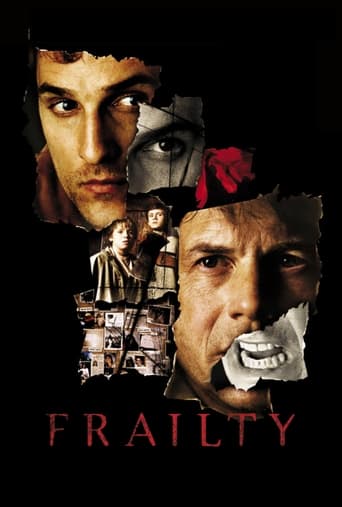

Reviews
A movie that not only functions as a solid scarefest but a razor-sharp satire.
The acting in this movie is really good.
All of these films share one commonality, that being a kind of emotional center that humanizes a cast of monsters.
Blistering performances.
As an example of how to convey information with a minimum of dialogue, this movie is absolutely outstanding. Its plot unfolds so naturally and gracefully across the screen that, as well as telling its tale with great efficiency, it also creates a wonderfully hypnotic atmosphere. Its story about a well-planned diamond heist involves double-crosses, blackmail and revenge as well as some reflections on the level to which individuals are able to control their own destinies and interestingly, it also includes a number of Hitchcockian influences such as voyeurism, doubles, confused identities and the disguise motif.Stylistically, the emphasis is on presenting the action with the kind of deliberate pace and fluid camera-work that together contribute so strongly to the dreamlike mood of the piece. This, in turn, makes some of the plot's stranger coincidences, apparently illogical developments and moments of deja vu seem far less incongruous than would have been the case, if they'd have been seen in a more conventionally-filmed movie.During the 2001 Cannes Film Festival, Laure Ash (Rebecca Romjin-Stamos) has a key role to play in a heist that's been planned by her gang-leader, Black Tie (Eriq Ebouaney) and posing as a press photographer at one of the premieres, sees a model called Veronica (Rie Rasmussen) who attracts a lot of attention because of the very revealing gold, serpent-shaped, diamond-encrusted piece of body jewellery that she's wearing. When Laure and Veronica meet in the ladies' room immediately before the movie's due to be screened, Laure is seen apparently seducing the model and during their encounter, removes the various pieces of Veronica's body-jewellery and drops them to the floor. Black Tie, who's hidden in the adjacent cubicle, then systematically swaps each piece for a fake replica in readiness for making off with the loot which is valued at $10,000,000. Things don't go so smoothly from this point on and culminate in Laure double-crossing her partners-in-crime and escaping to Paris with the stolen jewellery.In Paris, Laure is mistaken for a missing woman called Lily, who looks identical to her and so, after stealing her double's passport and plane ticket to New York, Laure takes the opportunity to escape to a new life in America. During the flight, she meets a wealthy businessman who she subsequently marries. Seven years later, when her husband, Bruce Hewitt Watts (Peter Coyote) is appointed as the American ambassador to France, Laure reluctantly has to return to Paris (coincidentally at the same time as Black Tie is released from prison). After a period during which she's able to keep a low profile, her cover is suddenly blown after freelance photographer, Nicholas Bardo (Antonio Banderas) takes a photograph of her which then appears in numerous publications and puts her life in danger because her fellow gang-members are out for revenge.The surreal series of events that follow illustrate further just how evil and manipulative Laure is and produce a dizzying succession of twists and turns that lead to the movie's entertaining and highly unpredictable conclusion. Intriguingly, during this part of the movie, it also becomes apparent that a number of things that had happened earlier, were not actually what they'd appeared to be.Brian De Palma's "Femme Fatale" is an immensely absorbing mystery thriller that features a woman whose characteristics are typical of the noir archetype and readily admits that she's "a bad girl, real bad - rotten to the heart". Rebecca Romjin-Stamos hits all the right notes as both Laure and Lily and Antonio Banderas is charming and humorous as her victim. The real star of the show, however, is the camera. The ways in which split-screen techniques, tracking shots and overhead camera angles cover the action are totally breathtaking and clearly the work of a filmmaker who fully understands and is inspired by, all the possibilities of cinema as a visual medium.
I have no trouble re-watching De Palma's movies a 2nd time. Because the dialogue is not the point of his movies, but what is how the camera work is telling you. And if your concentration level was low the first time you saw one of his movies, for whatever reason, you should see if again. To see what you didn't see the first time Femme Fatale is no different. The title alone quietly whispers "cliche" in the back of your mind. And the opening "tiolet stall scene" at Canne (besides the joke) is not too promising, with Bolero blasting in the background. But it's uphill from there.I wasn't sure the casting of Antonio at first, but I guess he's not the "point", but just being the pigeon instead. There are again like another other De Palma film, amazing sequences. Like the photographic sequence around the church, the bathtub sequences, and the near ending slow mo with wedding, meeting and car accident tying things together.Oh, yes, there is the setup and the double cross. The sex on the pool table and so on. But it is how everything is shot, like a dream, here and there, like a TV movie, here and there. Somehow, makes me seem to recall seeing certain scenes somewhere, kind of despise it, and adds (maybe unintentional) campiness to cover the ingenious underlying scheme of the last act.Maybe it's like this : While the Cohen brother's movies gives me a sense of perfect execution (even Big Leobowski) - in that dialogue is perfect and not wasted, scene well planted, acting to the genre. They engage the intellect more. De Palma's movies flows like a butterfly and sting like bee. That is it moves more fluidly engages something underneath your mind. Not your emotions but not your intellect either. Your psyche?
Much like its director, Brian Depalma, Femme Fatale, a creatively slick crime drama that deconstructs the Hollywood archetype of the same name, has been completely ignored in this country since its release in 2002. Regardless, it is still a cinematically inventive masterpiece that utilizes every possible convention of the genre and then turns it upside down, in a way that only Brian Depalma can. Ever since his horror masterpiece, Sisters, released in 1973, Depalma has been exploring Hollywood genres, picking them apart, finding out what is so fascinating about them, then exploiting those fascinating elements beyond necessity, in both a celebratory way, as well as a satirical one. His films become essays on whatever genre he is navigating us through and perhaps this is why he is often misunderstood in America. The overindulgence of sex and violence in his movies is more of a reflection of the excessive sex and violence in movies in general. People react positively to these type of images so Depalma gives it to them in spades, taking the genre to the umpteenth degree. Ultimately though, one has to realize there is much humor in his presentation and quite often these scenes are satirical jabs more than anything else. Depalma both loves and laughs at Hollywood movies.Femme Fatale begins with a jewel heist that takes place in the midst of the Cannes Festival. And in true Depalma fashion, it includes long tracking shots (taking us up and down staircases, down long hallways and through ventilation shafts), a Bolero-esque classical piece that helps to build the suspense slowly (forcing viewers to shatter their expectations for fast cuts and fast action), and a sex scene hotter than any Depalma has shot previously (which says a lot, considering he also directed Body Double and Dressed to Kill). After the heist is foiled and the heroine, Laurie (Rebecca Romijn), narrowly escapes her former partners in crime, who are now out to kill her, Laurie finds herself mistaken for another woman. Laurie takes advantage of this turn of events and steals the woman's passport, as well as her ticket to America. Fast forward seven years later and Laurie is now married to the American ambassador to France and is forced to return to a country where assassins are still after her. She remains incognito, so it takes some effort for the photographer, Nicolas (Antonio Banderas), to capture a picture of her for the tabloids. Ultimately he does and her picture is plastered on billboards all over France, putting Laurie's life in grave danger.Similar themes that exist in earlier Depalma films find their way into Femme Fatale, particularly the theme of "the double," in which there is either a case of mistaken identity, twin siblings with opposite personalities, or a character suffering from multiple personality order, as was the case in Body Double, Sisters, and Dressed to Kill, respectively. The theme of surveillance and its intrusion into our personal lives has also found its way into Femme Fatale, much like in Blow Out, Depalma's Americanized version of Antonioni's Blow Up, in which a soundman records a car accident that proves to be no accident. These themes mentioned play a crucial role in Femme Fatale, but ultimately, it is the theme of the Hollywood archetype, the "femme fatale," and the expectations put on that character that dominates this film. And ultimately those expectations are shattered and a new understanding of the archetype comes into existence. This understanding could only be possible with a master writer/director manning the helm and Brian Depalma is just that, a master. Wake up, America!
This is a heist movie, and what you see isn't always what you get. Director Brian De Palma, a Hitchcock imitator is good at illustrating this misdirection; indeed anyone who has seen a Hitchcock thriller will be able to recognize some similarities. Unfortunately, character development is at level zero, and while that may be okay for the heist scenes, it renders the bulk of the film boring.I really can't say much about the plot without giving anything away, but I will say that the heist scenes are interesting, and generate a little bit of tension. However, with all the gloss and glamor evident, it still feels pretty trashy.I can't say much about the acting either, again not to give anything away, but also because none of the actors have much to work with. The actors are okay, but Rebecca Romijn-Stamos's part could have been better cast. She does however show a lot of herself and seems pretty comfortable doing it, which these days, says a lot (and severely limits the casting choices).This could have been a much better film had we had some vested interest in the characters. As it is, it's just bunch of nice looking scenes with a lot of trick mirrors.




